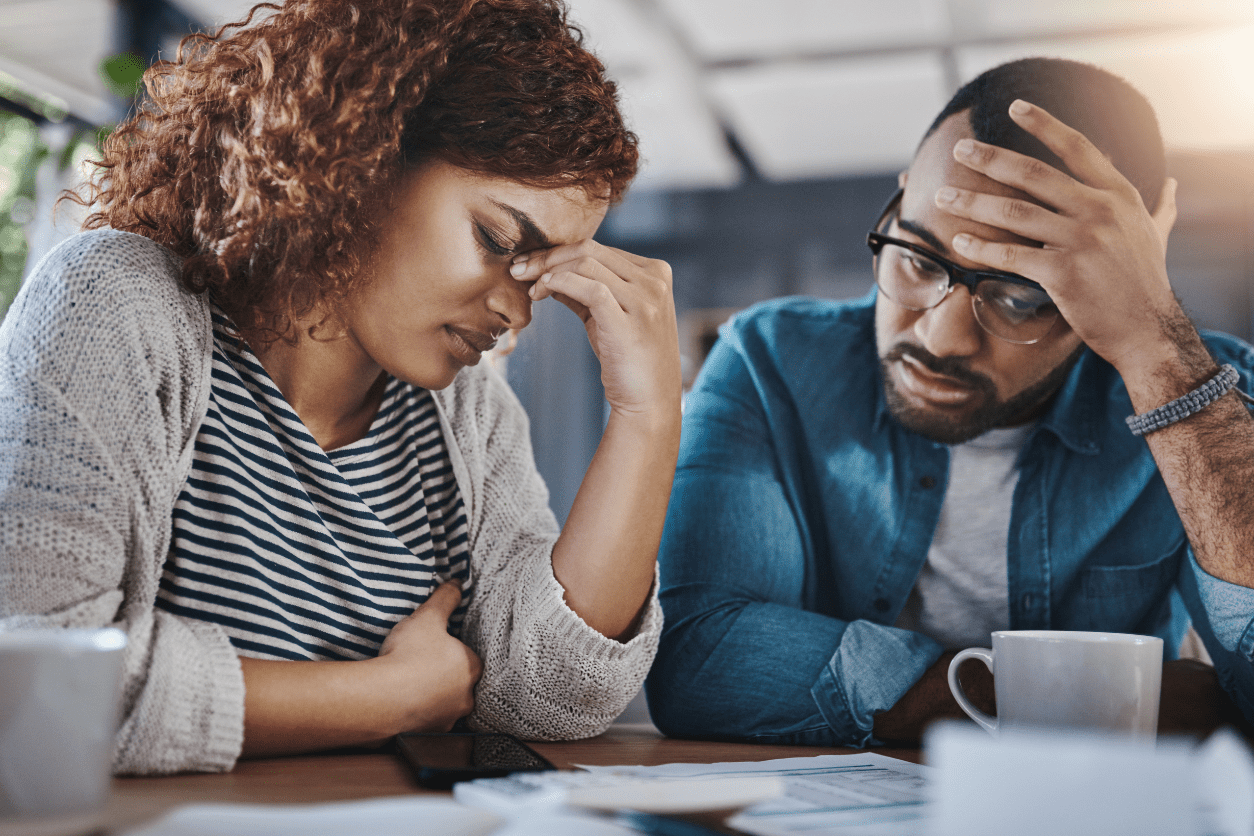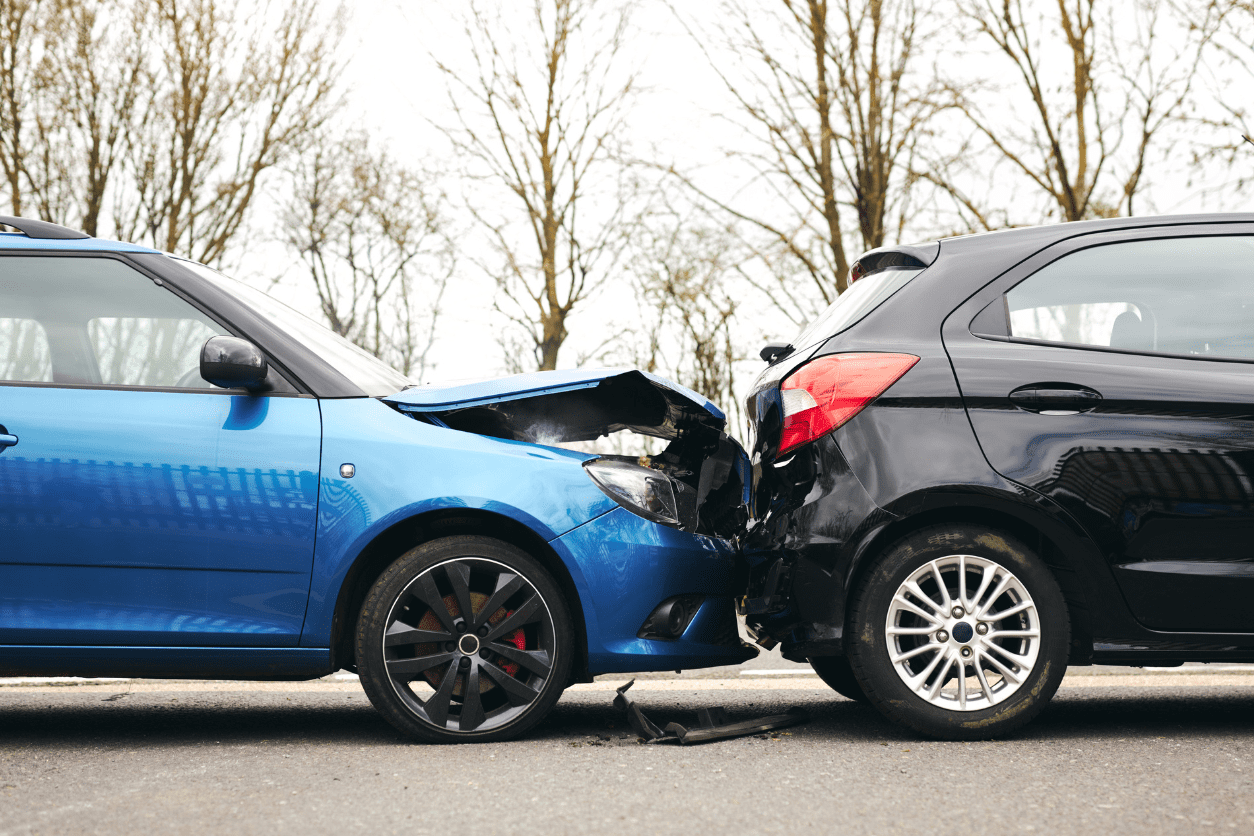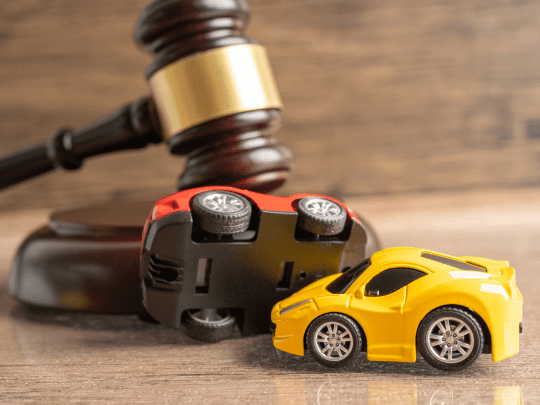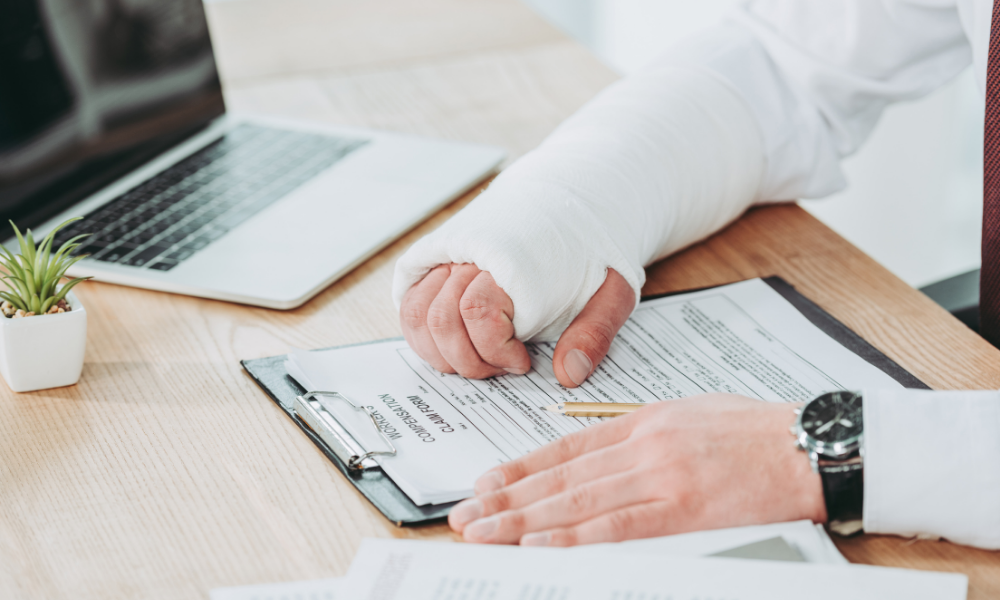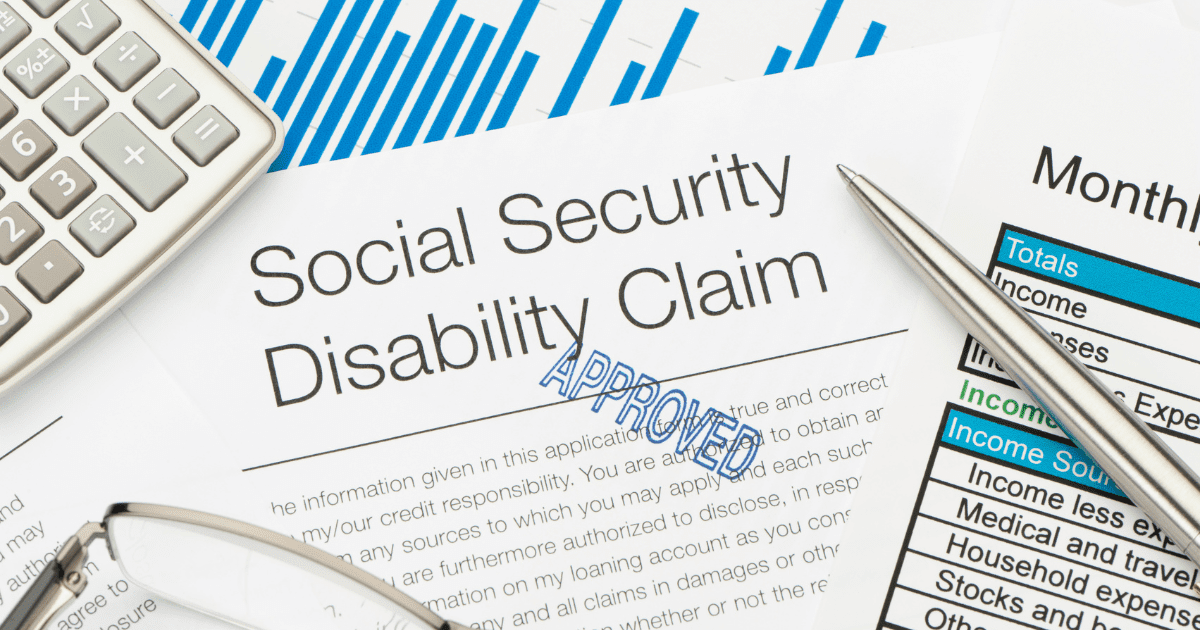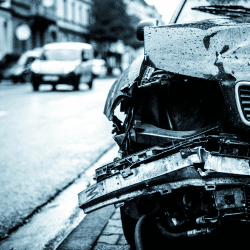Most new parents try to do everything in their power to keep their children safe. Unfortunately, some products marketed for use by babies end up posing hidden dangers. When parents use these products, they could unknowingly be subjecting their infants to the risk of serious injury or even death.
In one such recent case, the Nap Nanny Generations One and Two as well as the Chill model infant recliners were recalled due to design defects that the Consumer Product Safety Commission suggests could have been avoided if the manufacturer had paid better attention to safety. The CPSC reports that between 2009 and 2012, there have been five infant deaths and numerous reports of infants nearly falling out of the recliners in spite of the children being properly strapped into the product according to directions.
The CPSC issues recalls of products when the product and its design have been shown to pose a risk of injury or death even with proper use. In issuing the recall, it said that the Nap Nanny’s warnings and instructions were not clear enough to avoid risk to infants.
When a manufacturer produces a product that is reasonably considered to be a danger to consumers, the manufacturer may be subject to product liability laws.
WHAT IS PRODUCT LIABILITY?
Manufacturers have a responsibility to provide consumers with products that can be used without unreasonable risk of injury or death. When manufacturers fail to uphold that duty, they may be deemed negligent and liable to injured consumers.
An investigation into potential product liability begins with an evaluation of the safety of the initial concept and design of the product, continues with a review of the manufacturing process to ensure there were no shortcomings and ends with an examination of safety warnings, instructions and other labels for clarity and ease of use.
When a product is considered defective and injury ensues, everyone who has had a hand in producing and distributing the product may potentially be held liable. Some of these potentially liable parties include the manufacturer as well as the retail seller or wholesaler. However, one common exception to this rule occurs when a product is not sold in the ordinary course of business, such as at a yard sale or garage sale.
WHAT ARE THE TYPES OF PRODUCT DEFECTS?
The types of defects that can cause injury and make the product hazardous include:
- Design defects that existed from inception, before the product even hit manufacturing lines
- Manufacturing defects that occur during assembly or production
- Marketing defects where the labels, instructions or safety warnings are inadequate
WORKING WITH AN EXPERIENCED ATTORNEY
The injured party or plaintiff in a products liability case has the burden of proving that the product was defective. Even if the injured party proves his or her case, the defendant responsible for the defective product may have a defense. Because product liability suits often involve complex regulatory standards, state law and the knowledge of expert witnesses, it’s important to contact a personal injury attorney experienced in products liability to enforce your rights and understand your potential right to recovery.


